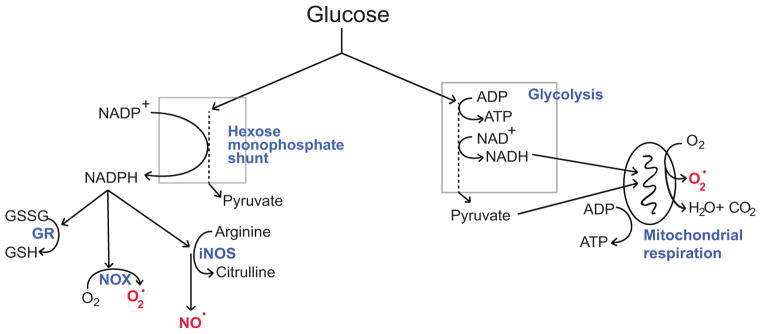Figure 2. Glucose fuels both ROS scavenging and ROS production.
Glucose metabolized through the hexose monophosphate shunt provides reducing equivalents for regenerating NADPH from NADP+. NADPH in turn is used by glutathione reductase (GR) to regenerate glutathione (GSH) from glutathione disulfide (GSSG). GSH is used for enzymatic and non-enzymatic scavenging of ROS, and for repair of proteins that have been oxidized by ROS. However, NADPH derived from the hexose monophosphate shunt is also a requisite cofactor for the production of nitric oxide (NO·) by nitric oxide synthase and superoxide (O2·) by NADPH oxidase (NOX). Glucose metabolized through glycolysis provides reducing equivalents for regenerating NADH from NAD+. These reducing equivalents (electrons) normally transit the mitochondrial electron transport chain in the process of generating CO2 and ATP, but under some conditions a substantial fraction of these electrons are instead captured by oxygen to form superoxide. (Adapted from (Robbins and Swanson 2014).

